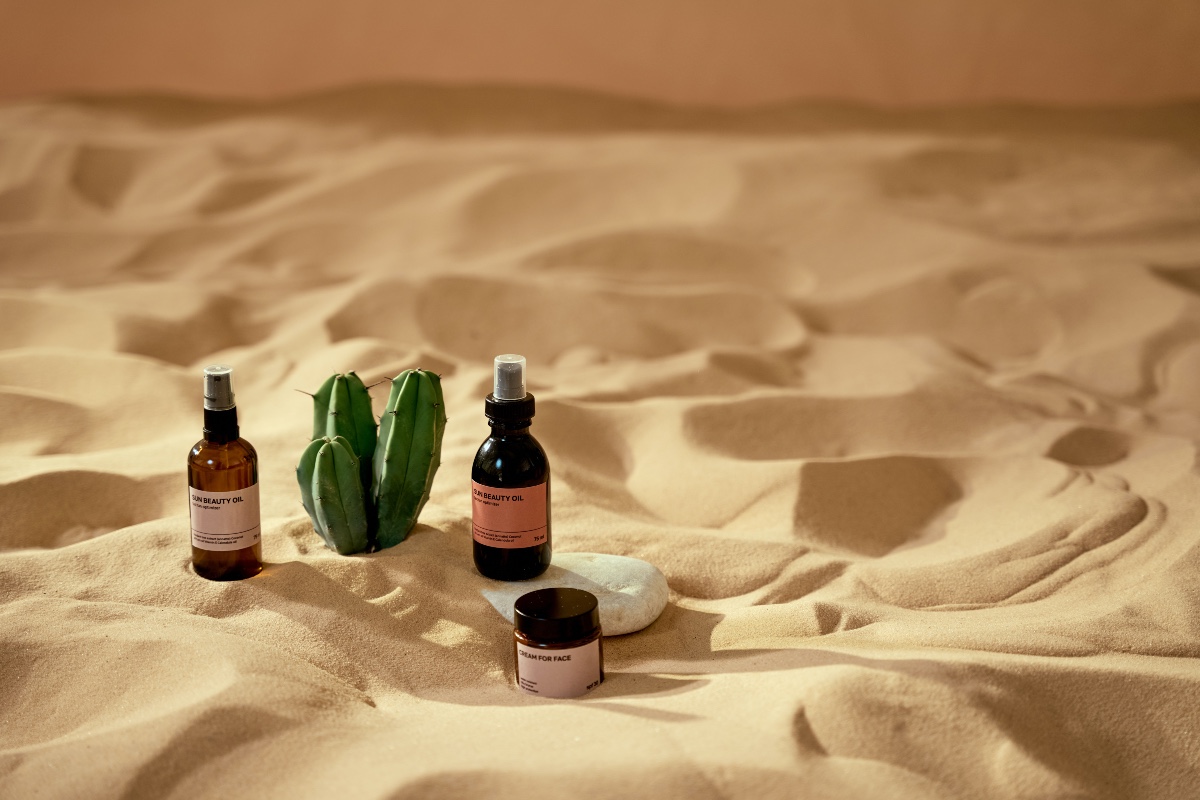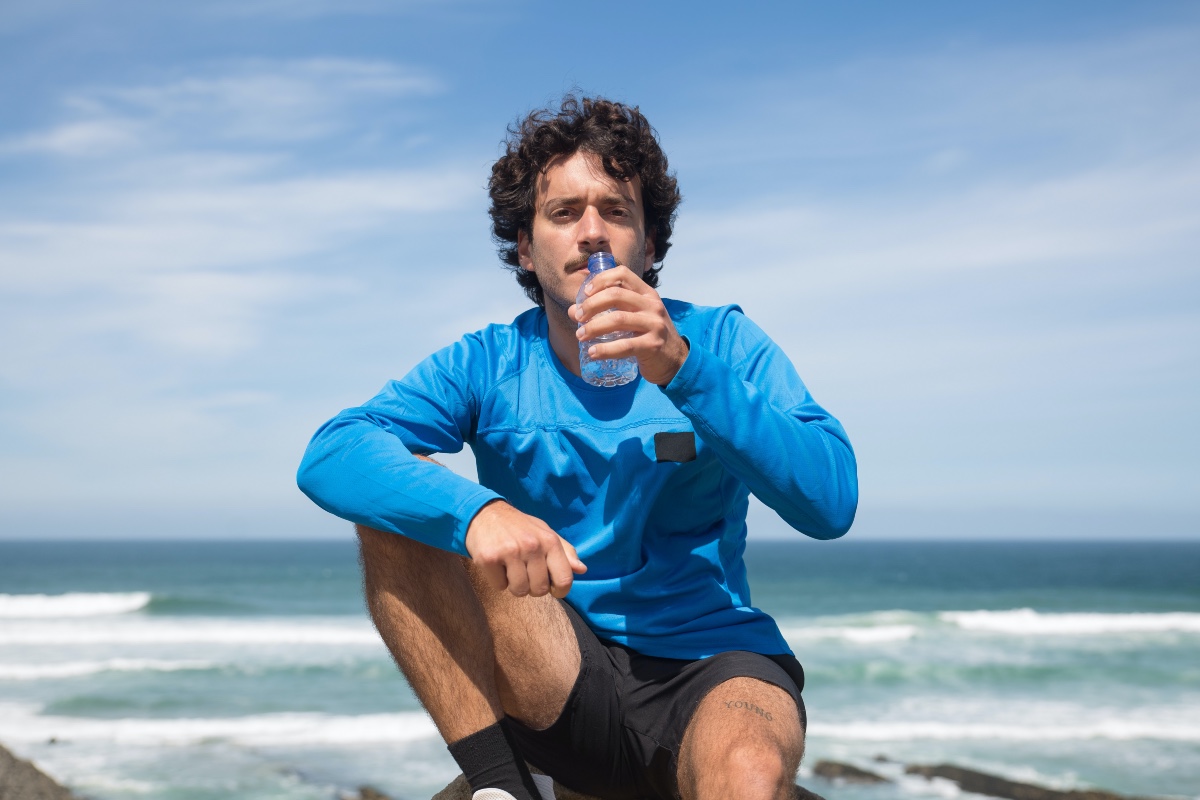Travel can be considered a form of self-care. Research from 2021 showed that travel could boost happiness, and a small study from 2020 had similar findings. Mental health is important, but what about skin health? Jet lag, days out in the sun, changing climates, and early morning wake-up calls can do a number on your skin. Think puffy eyes, sunburn, dark circles, and dryness.
Of course, you’ll probably be snapping photos of yourself in front of all the landmarks or beaches you visit. These days, iPhone cameras are essentially as good as the real deal, picking up on all of last night’s big sins. There’s no shame in wanting to look as good as you feel. A solid skincare routine is critical.
What does that look like, especially if you’re on the go or need to follow TSA regulations for liquids? These skincare tips for travel should help.

What skincare products should I bring on vacation?
Ideally, you’ll maintain your normal daily skincare routine on vacation. That may not be possible depending on your itinerary and how much room you have in your suitcase. No matter how light you’re packing, you’ll absolutely want to bring these essentials:
- A cleanser. Washing your face twice daily with a gentle cleanser and lukewarm water removes pore-clogging bacteria, viruses, and any dirt accumulated during your adventures. Even if you can’t see the debris, trust it’s there — and a cleanser will nix it.
- Moisturizer. Variable climates and long periods in a car or on a plane can dry out the skin. A moisturizer keeps it hydrated and can protect against redness and flaking. Pro tip: Get one with SPF for added sun protection, particularly if you plan to spend tons of time outside or by a window.
- Broad-spectrum sunscreen. SPF is essential, even if you’re traveling somewhere snowy or in the winter. The sun’s harmful rays can peak through clouds and are present even on the chilliest of days. According to the American Academy of Dermatology Association, a broad-spectrum sunscreen of at least SPF 30+ is the gold standard.
- Shaving basics. At the bare minimum, pack a razor and shaving cream — unless you plan to return with an unkept beard or ‘stache.
What are the rules for liquids on flights?
The TSA allows for quart-sized bags of liquids, gels, and creams, separated into travel-sized containers 3.4-oz or less, in carry-on bags. The rest will need to be checked — which isn’t always an issue but can be if you plan to save some money by not checking bags for a short getaway.
Should you get travel-sized versions of your usual products? It’s not a bad idea, particularly if you travel a bunch. However, it can get pricey, and not every item is available in a travel size. Consider buying reusable, clear travel-size containers and manually squirting and squeezing your go-to products into them. It saves money and is good for the environment, too.

Elevate your skincare routine during flights
Flights can feel dehydrating. If you can’t sleep on a red eye, you may arrive feeling worse for the wear. Flip the script by turning your flight into a self-care-meets-skincare-session.
First, if you’re on a long flight, bring cleansing pads and moisturizer to clean and hydrate your face as usual.
Aside from these essentials, hydrating sheet masks like ones from Avene or leave-on ones like Summer Fridays’ appropriately-named Jet Lag Mask can turn your plane into a salon in the sky.
Stay hydrated
There isn’t a definitive link between drinking water and good skin, though a small 2015 study suggests there is one. Though the idea is controversial in the skincare tips world, it doesn’t hurt to drink about 2 liters (eight 8 oz. cups) per day or more if you’re moving a lot. If nothing else, it’ll keep the rest of your body running like a machine, giving you ample energy to enjoy your travels (and get up in time to stick to your skincare routine).

SPF, SPF, SPF
When it comes to skincare tips, this one is worth screaming from the rooftops (which hopefully have a fantastic view wherever you are headed): Applying SPF is essential. What does that mean? It depends on your plans. At least once per day is needed. Even if you’re indoors, sitting by a window in a bus, car, or building exposes you to the sun’s rays, which can increase your risk for cancer and premature aging.
If you’re going to be outside, apply it every two hours and after getting wet from sweating and swimming.
Traveling is great for your mental health and doesn’t have to reduce your skin health. Sticking to your regular skincare routine as much as possible can ensure you look and feel your best wherever you’re going. What does a solid skincare routine mean? The essentials are the same, regardless of your destination or mode of travel: Cleanse and moisturize twice daily and apply sunscreen at least once per day (and every two hours if you are in the sun). You’ll probably want to pack a razor and shaving cream to keep facial hair in check. Be sure to read up on TSA requirements and ensure any items in your carry-on meet the regulations. Sheet and leave-on masks can make your flight feel more like a salon and leave you feeling refreshed rather than jet-lagged when you land.
Editors' Recommendations
- It’s time to change your skincare routine: Experts reveal tips and tricks for summer
- Experts reveal how to introduce retinol to your skincare routine (and what to avoid)






